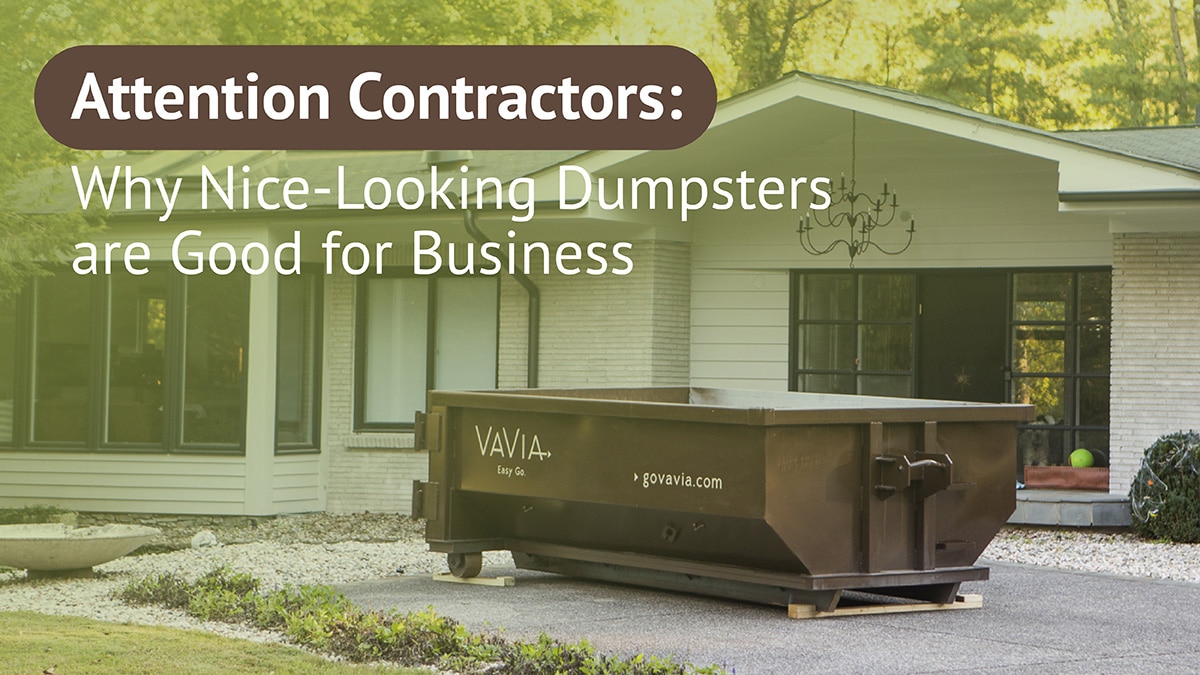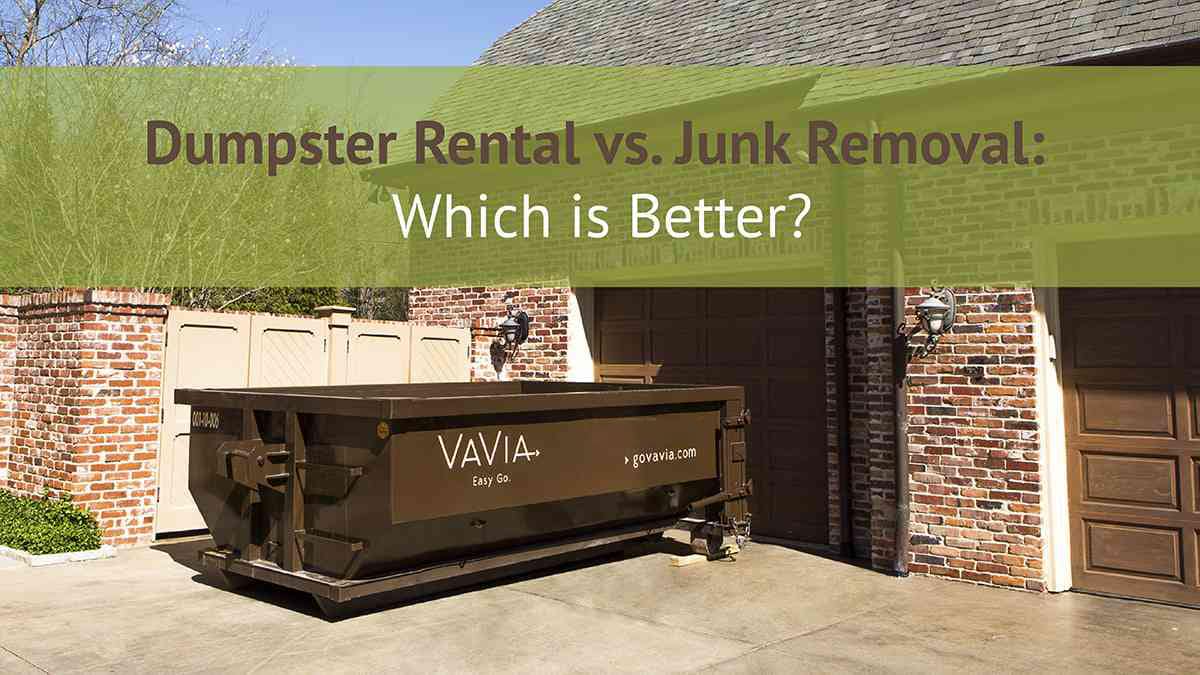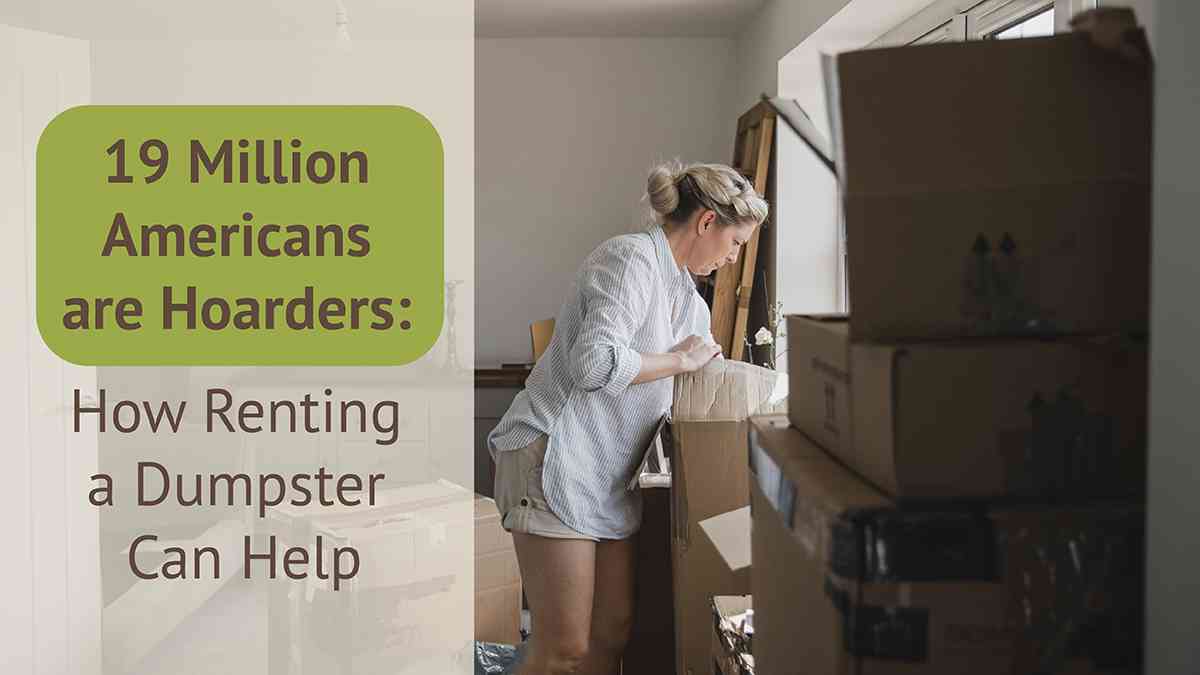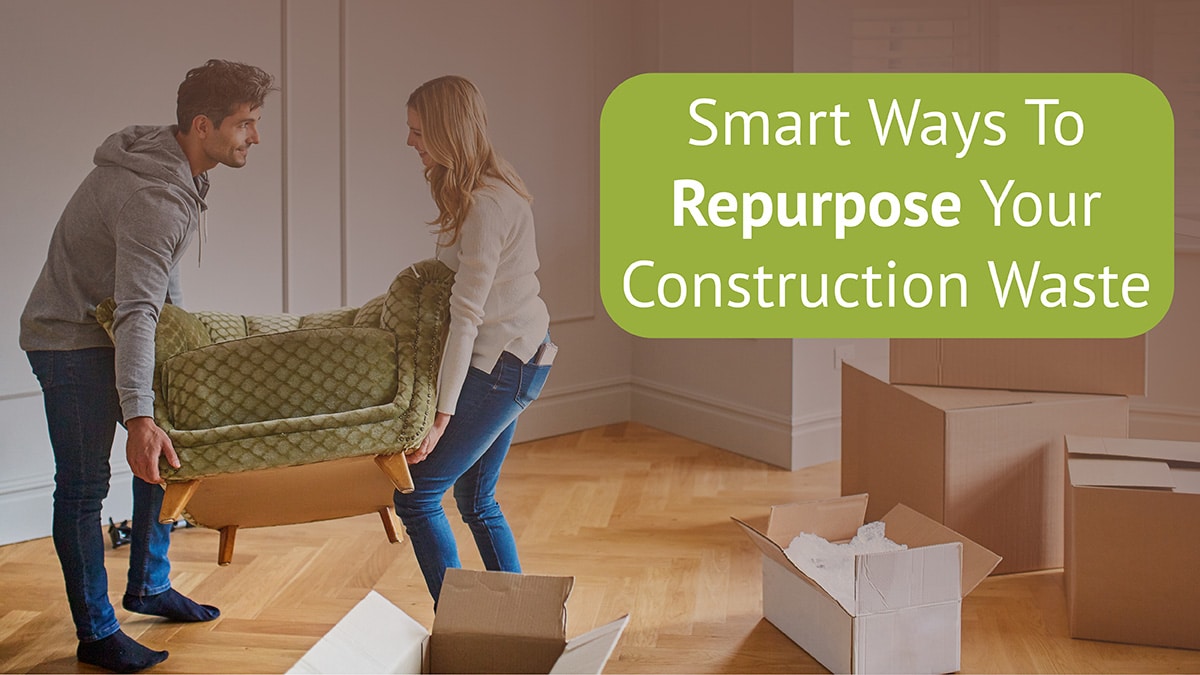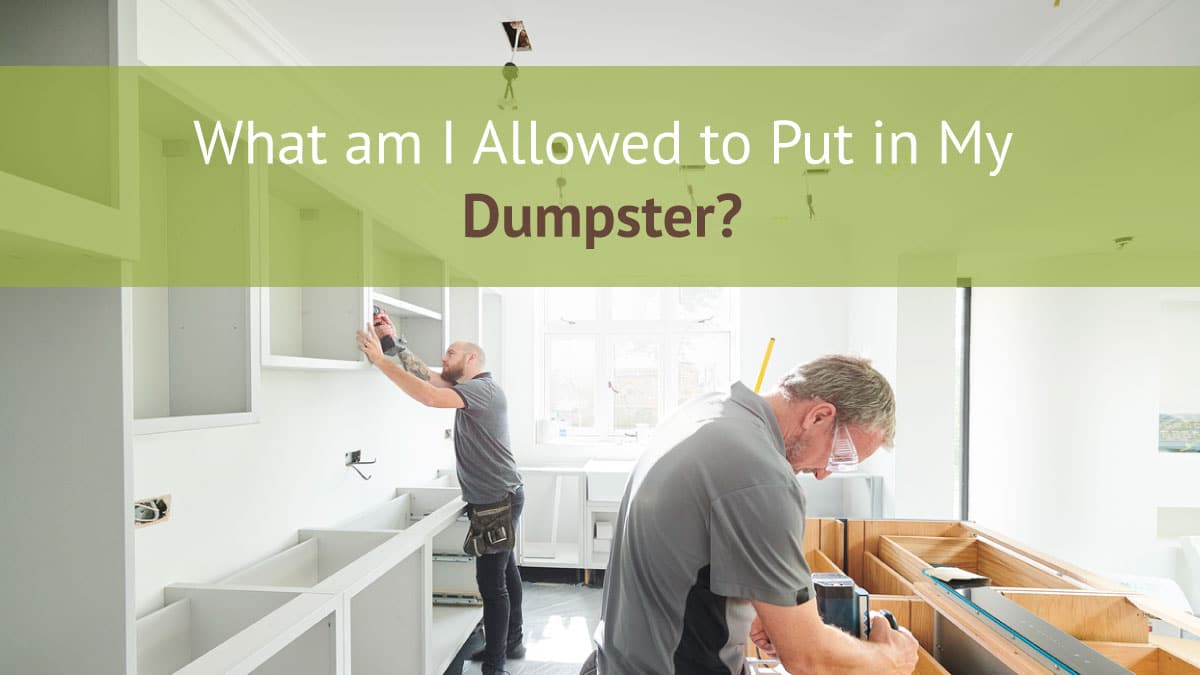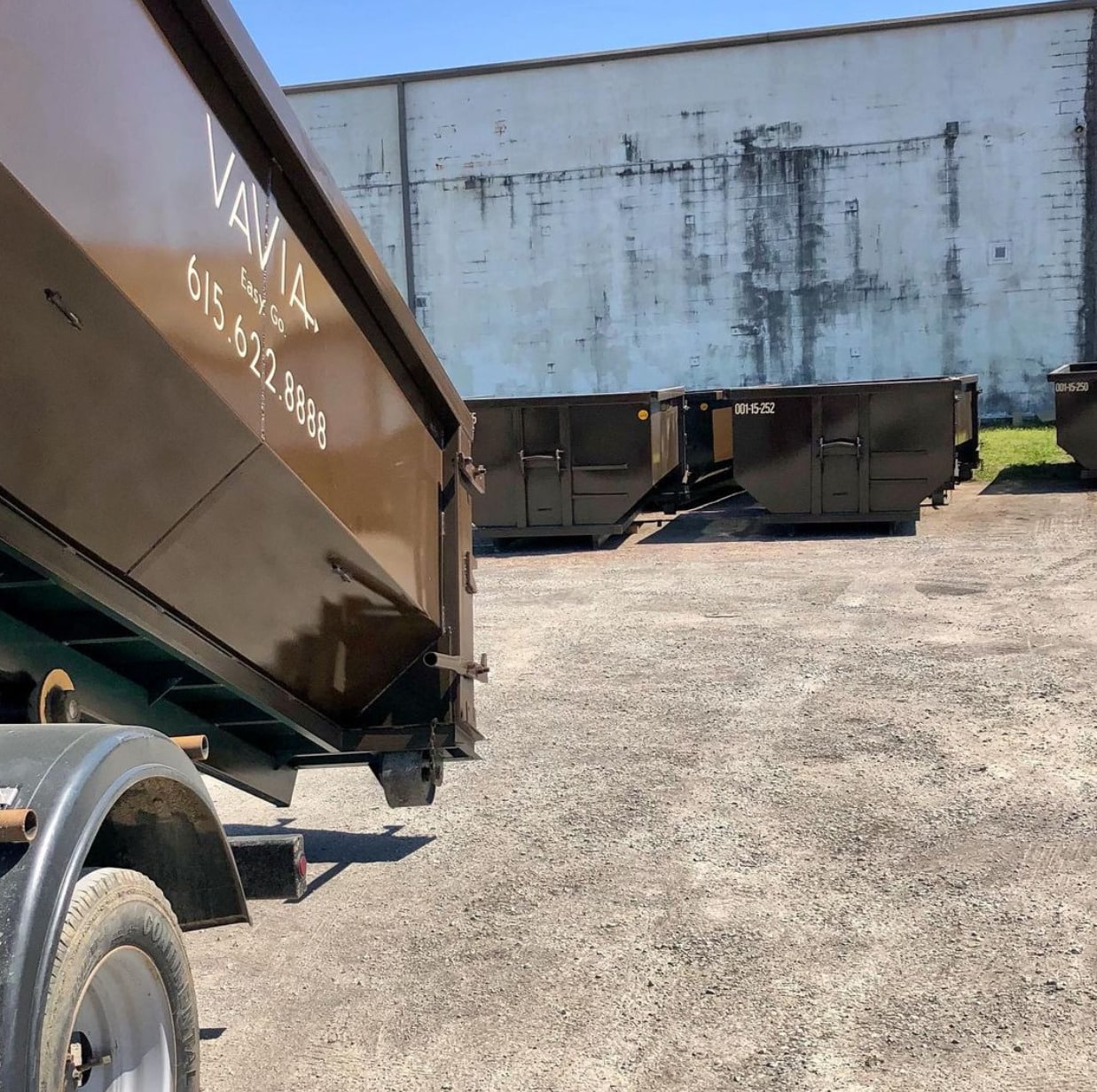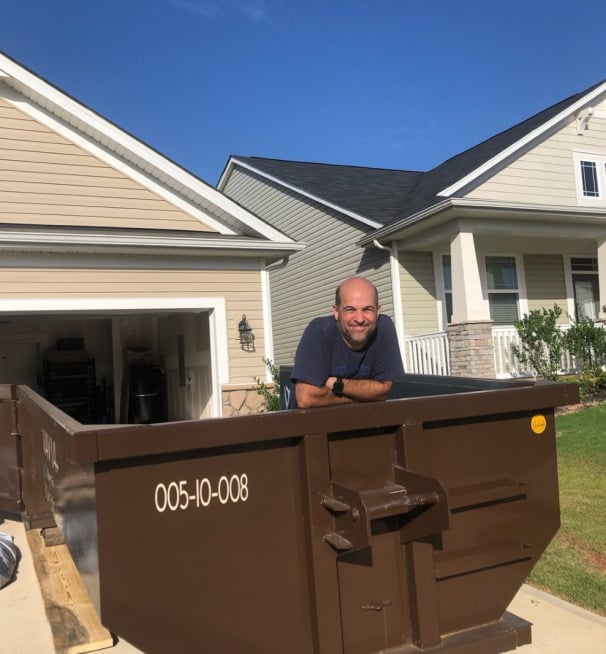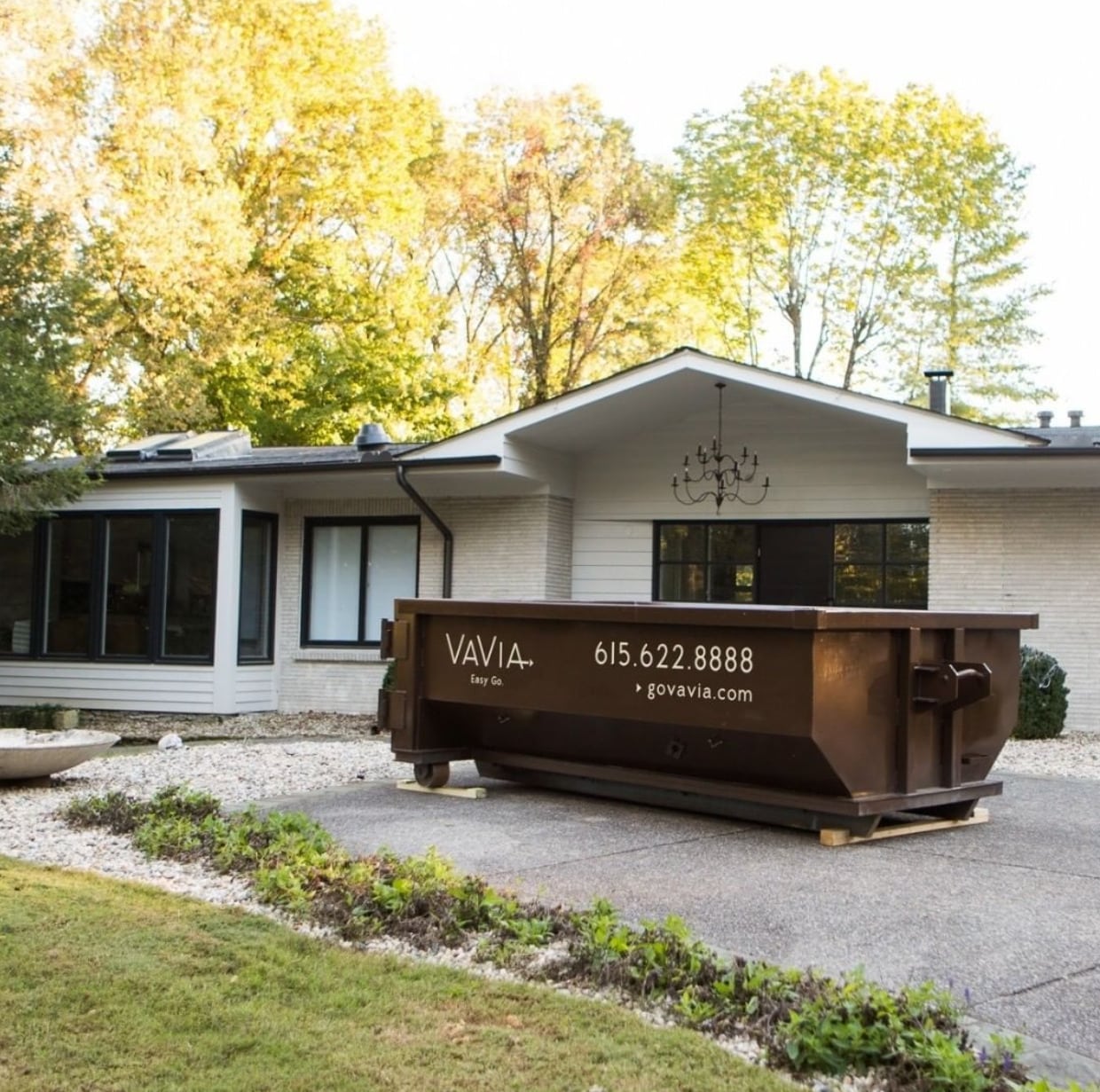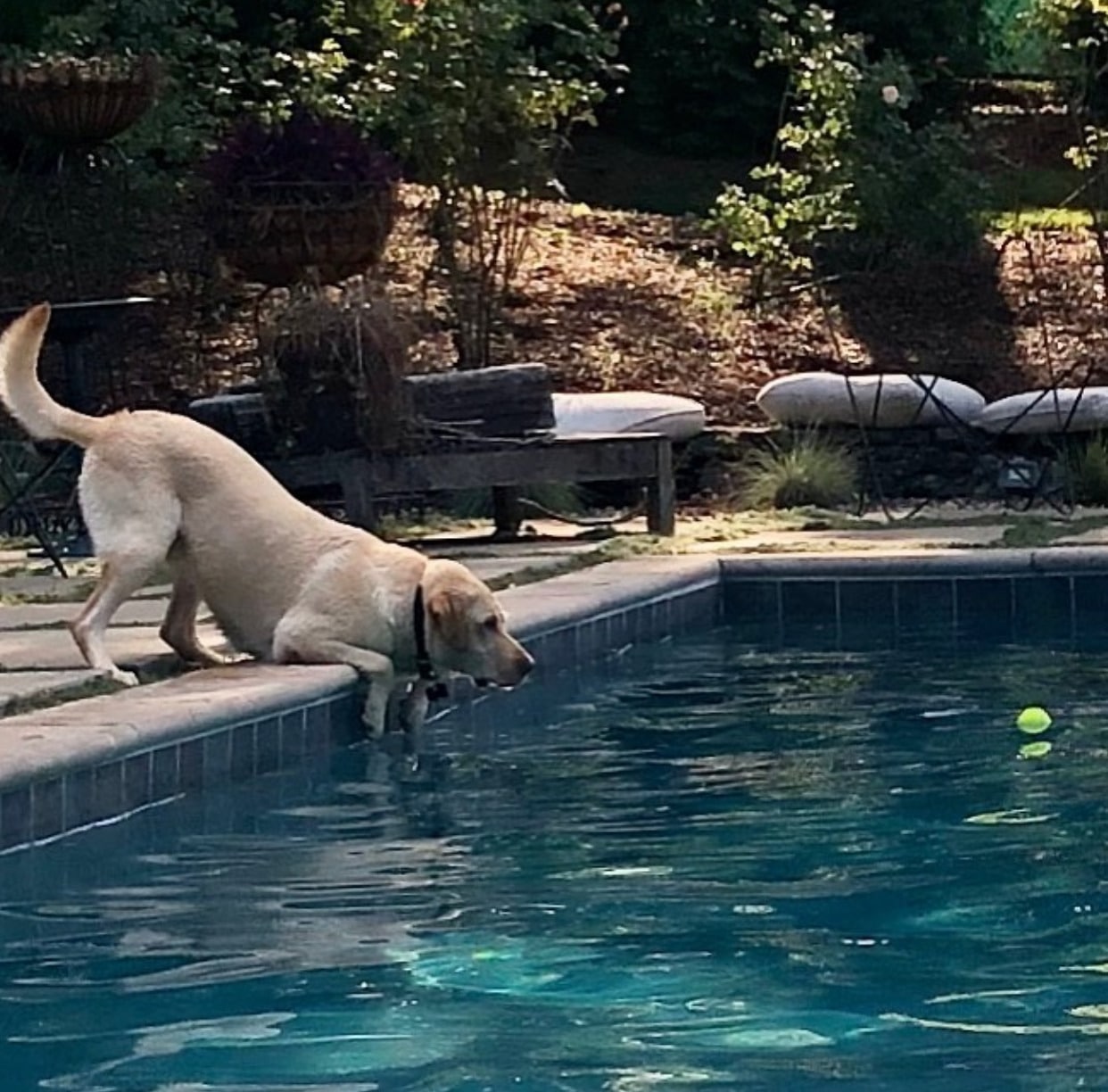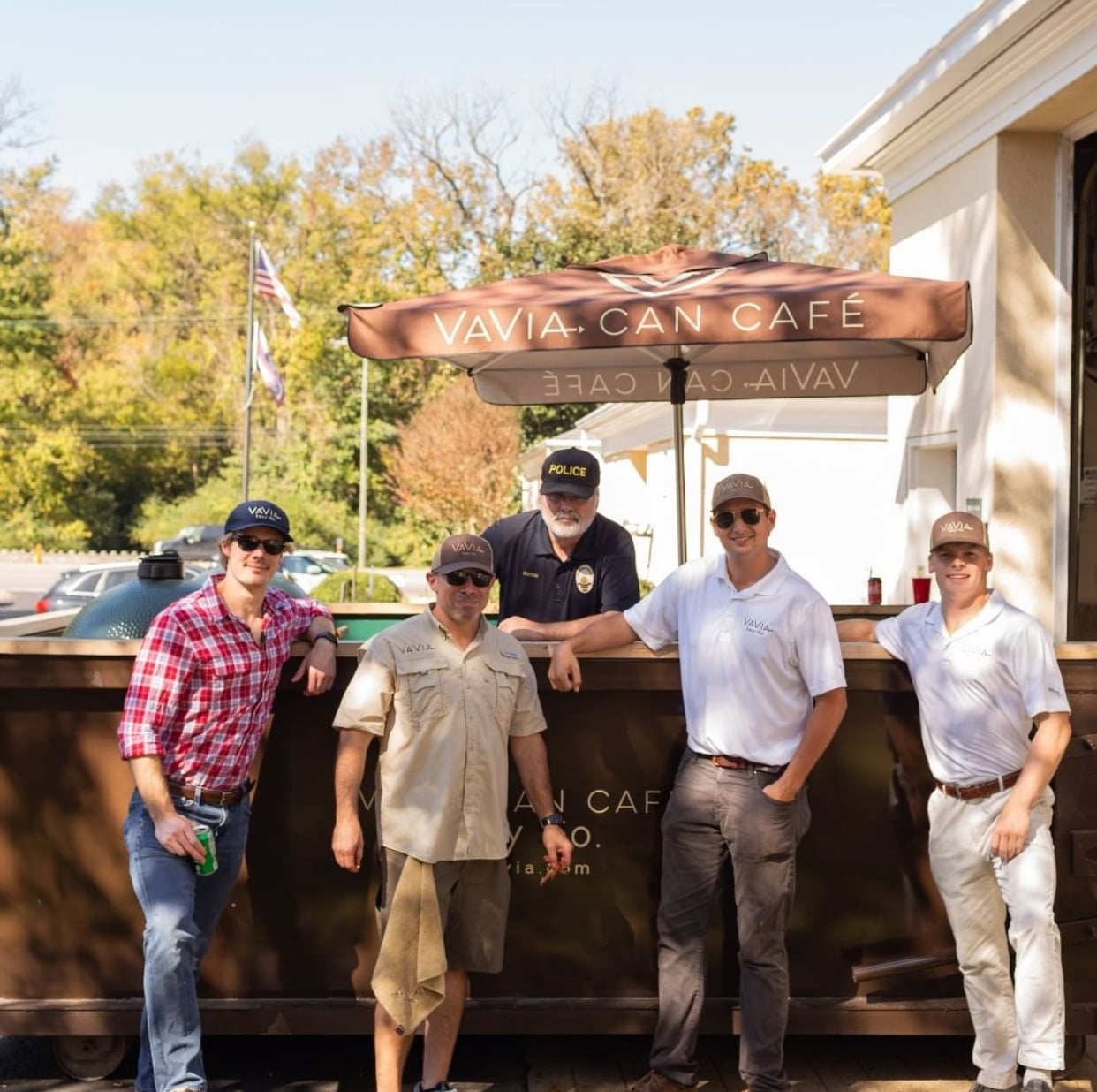Our Containers
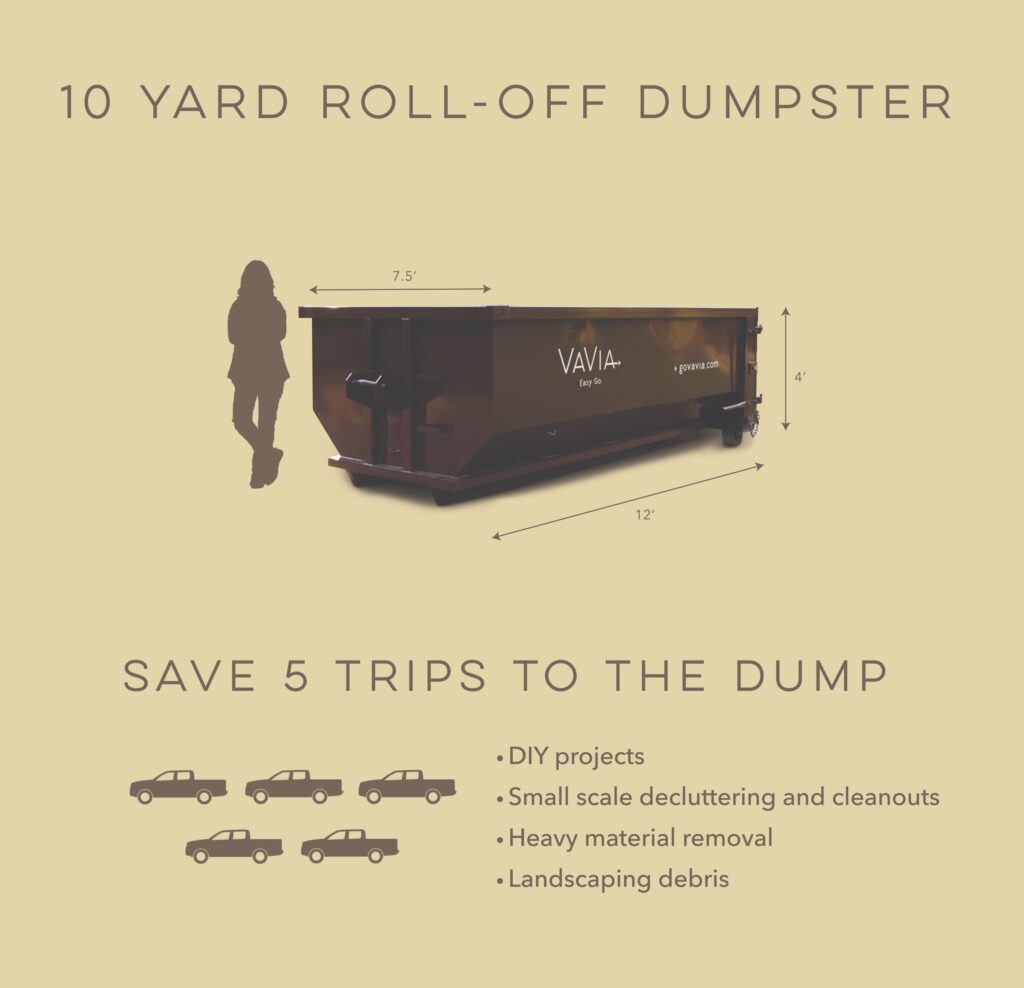
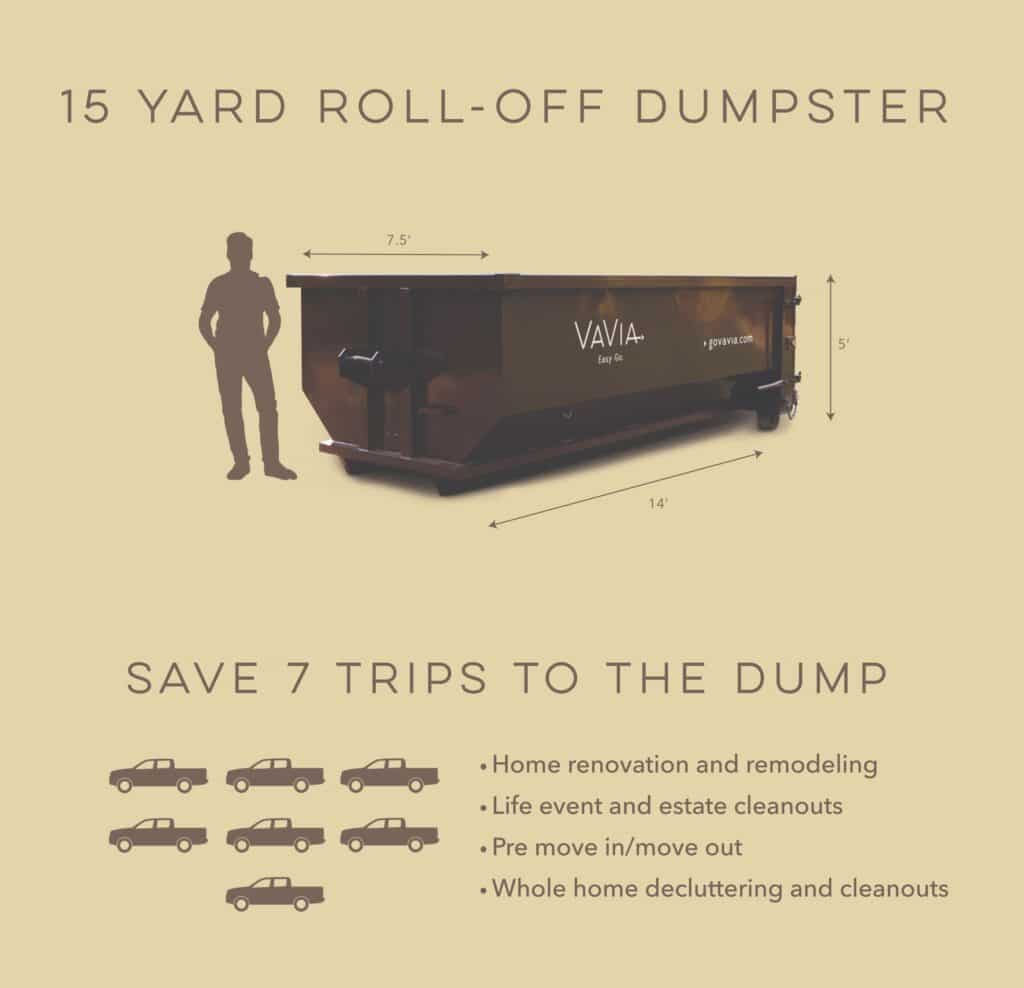
Testimonials
FIND YOUR LOCATION
Our dumpsters are perfect for home renovations, remodels, or small construction projects. They are sized to fit comfortably in your driveway and attractive enough to keep any neighborhood association happy. Rent a VaVia dumpster today.
how it works





VAVIA MAKES IT EASY

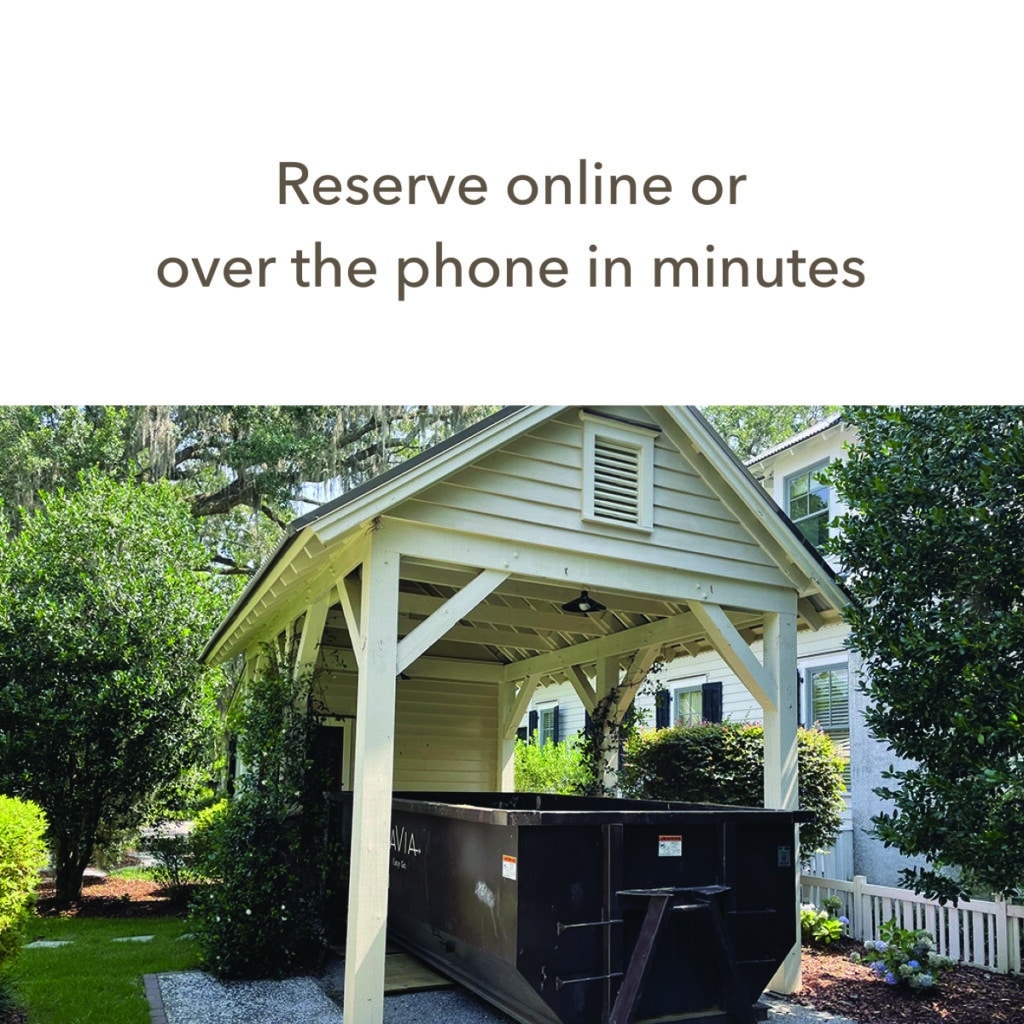
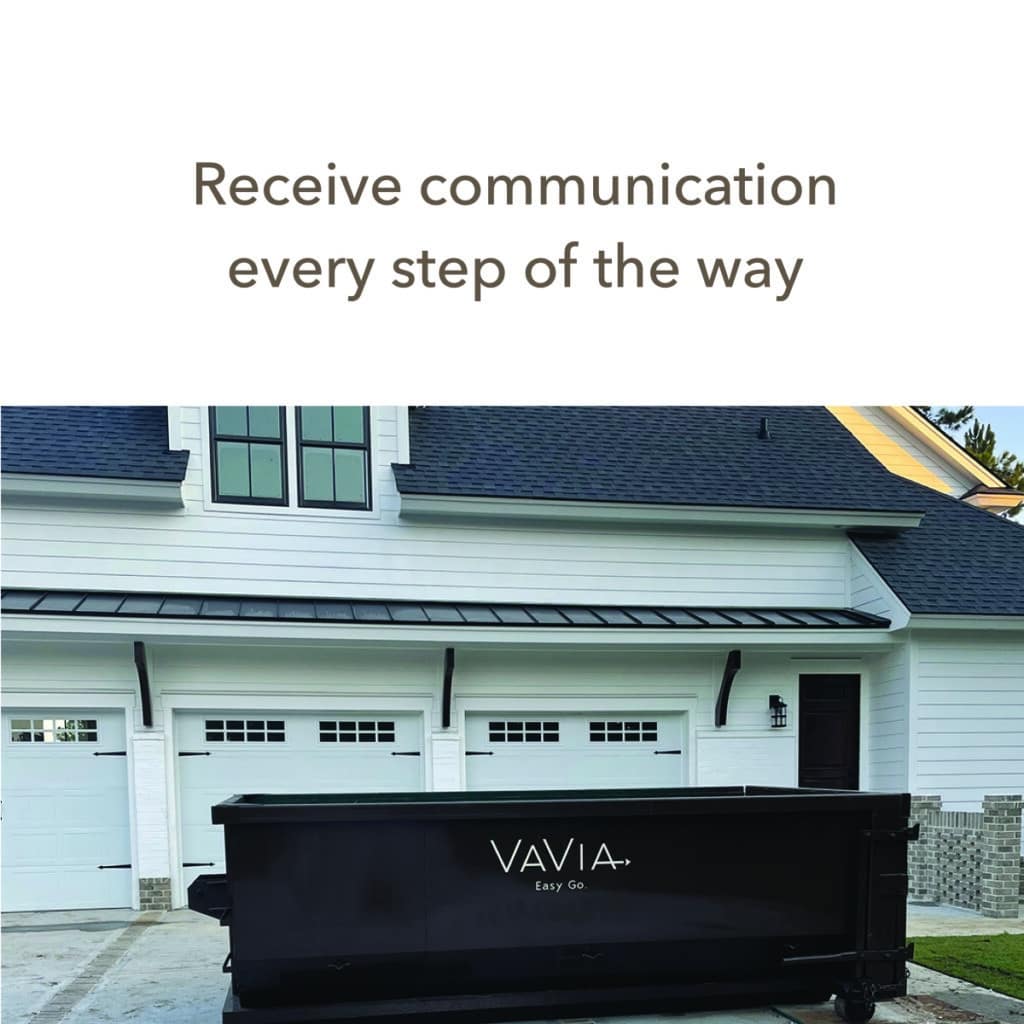
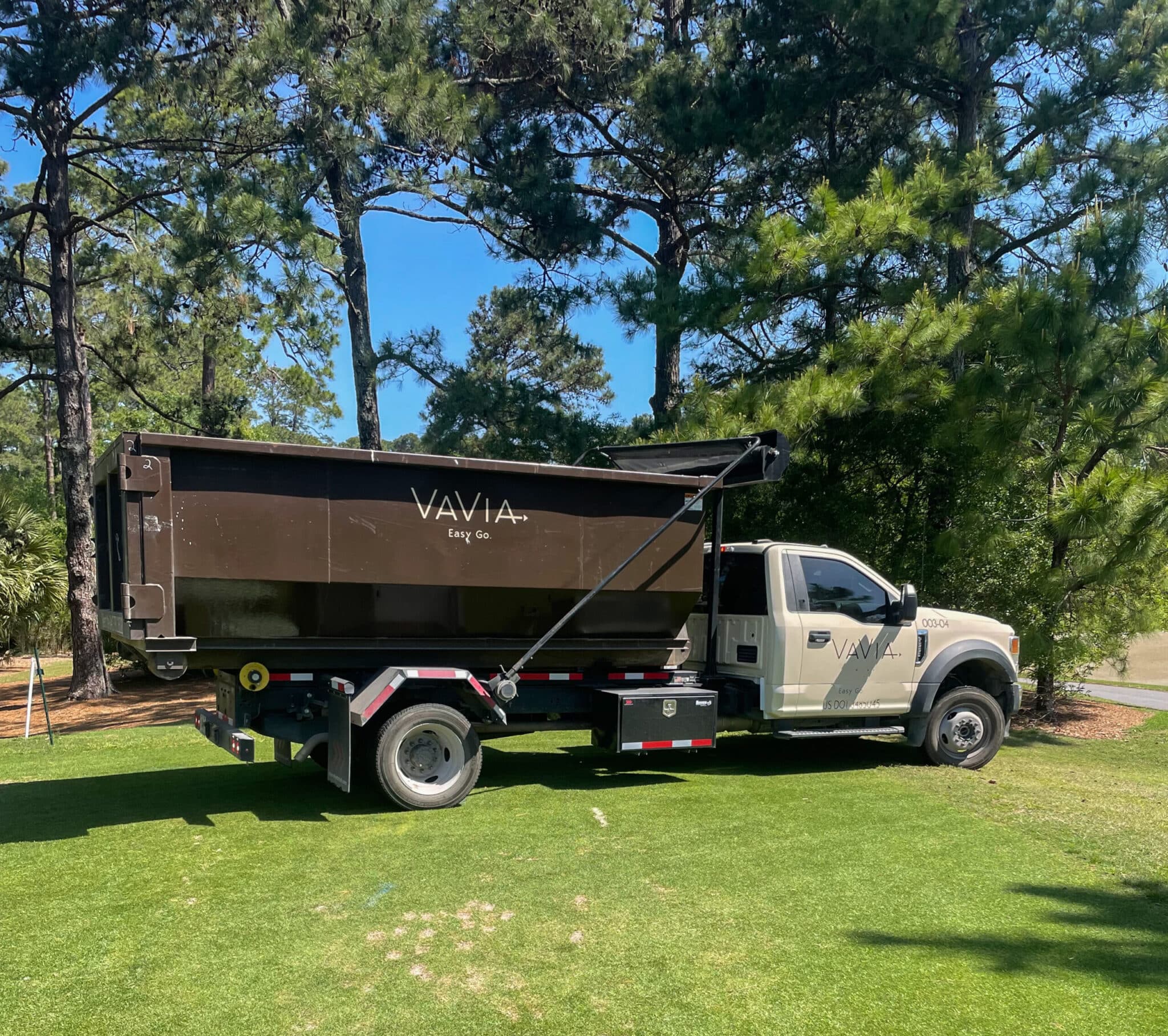
Dumpster Rental
We partner with homeowners and contractors to provide a smart, easy disposal solution. Whether you are a homeowner cleaning out your home in preparation for a move or a contractor completing another renovation project, our dumpsters are ideal. Our 10-yard and 15-yard dumpsters can accommodate projects of any scope and size, and our compact trucks can maneuver dumpsters into tight spaces, like a driveway, side yard, or inside a garage.
Submit A Request to OrderFAQ
Our containers are the open top, roll-off model and come in two sizes -- 10 and 15 cubic yards. They are small enough to fit into tight spaces, yet offer lots of room for all kinds of waste and debris.
The 10 or 15-yard dumpsters are designed for ease and efficiency, featuring walk-in access, letting you directly walk debris inside without lifting it overhead. Their lower walls make loading easier, without the need for high lifting, making it a safer experience for home projects by reducing injury risks.
Our customers use our dumpsters for many occasions- home cleanouts in downsizing, small remodel projects, DIY, new home move-ins and move outs. We can handle all types of jobs for all types of disposal to make life events easier for our customers.
“A last minute decision was made to get a big dumpster in order to clear out a relative's townhouse, who we recently moved back to his family home in Upstate NY. The customer service and the flexibility of this company was amazing. No hesitation with my frantic requests as we had such a short window to get everything done and the space they had to get this big dumpster (not the true technical term) was a squeeze, but they did it. I cannot sing their praises enough. Thank you so much VaVia Dumpster Rental!” - Patti
Get a Quote or Book OnlineThe most versatile size is the 15 cubic yard container as it allows for 50% more disposal volume with only a nominal difference in price. If you are unsure of how much volume you will be generating, go with the 15 yd.
The 10 cubic yard is ideal for heavy projects like concrete or rock disposal. Or if you plan to generate around 5 truckloads of waste then the 10 yd will work beautifully. Try our materials calculator (link) to get a better idea of what will work for your project.
“I checked out many container/dumpster providers in my quest to purge 30 years of stuff from my home. VaVia was by far the easiest company to use. I placed my order online on a Sunday evening, and Monday morning Kevin called me to verify just what I needed. That afternoon I had a very clean container delivered to my home. When I needed another container, all I had to do was call. It's so nice to work with a company that actually has a helpful representative, Kevin, that answers the phone. Awesome experience! Thanks, VaVia!” -Carole
Get a Quote or Book OnlinePretty quick! VaVia can usually deliver a dumpster the same-day or the next morning- it’s our specialty! We pride ourselves on our fast service commitment, and we will go above and beyond to ensure that our customers have the best dumpster rental experience possible. Give us a call or order online to request your same-day/next-day delivery.
“Very efficient. After being stood up with no call back from another company, I spoke with VaVia and had a dumpster delivered within 6 hours! The driver took care of our driveway at delivery and pick-up. Would highly recommend and use again.” -Melissa
Get a Quote or Book OnlineWe recommend ordering your dumpster now to check it off your to-do list. You may be surprised how the rest of your project falls into place after you arrange where you are going to throw away your debris.
We can schedule delivery at your convenience- often same day or next morning, or weeks in advance!
A dumpster rental can keep your project safe and efficient. By having a proper place to dispose of your project waste promptly, you minimize the risk of accidents, like tripping over debris. When you have an easy place to dispose of your debris, your whole project becomes cleaner and more organized!
“ViVia is great! Super responsive. Just bought my first home and needed to do some light remodeling. VaVia had a dumpster out to me within a couple hours and I was able to start the project that day.” -Ben
Get a Quote or Book OnlineSometimes you may need someone else to do the labor but know that it can be cost prohibitive. Renting your own dumpster offers flexibility and often a much better price and removes the worry of having strangers in your home.
Work over the weekend, or keep it a month- a dumpster rental gives you the flexibility to throw out your waste at your convenience, instead of someone else's timetable.
“This was my first time renting a dumpster and I didn't really know what I was doing or what to expect. I was doing a clean out of my garage and clutter cleanout from my home. VaVia Dumpster Rental was very nice, responsive and patient with all of my questions. The dumpster arrived on the day I set and was picked up on the day I set. It was so smooth, I didn't even know they were here dropping off and picking up even though I was at home. They were very transparent on the costs and explained everything to me - there were no surprises. I fully recommend using them if you need a dumpster, and if I ever need to rent another one , I will be calling them again. Thank you so much VaVia team, this was so much easier and smoother than I expected.” -Jane
Get a Quote or Book OnlineThe total cost to rent a dumpster will vary city to city. But we promise there will be no surprises on your invoice. Contact your VaVia location for the most up-to-date pricing information.
Renting a dumpster can actually save you money if you're dealing with a lot of waste. You might end up paying more for gas and fees and the time at the dump if you try to haul it all yourself. The great thing about the VaVia dumpster rental price is that your invoice will cover everything—drop-off, pick-up, and getting rid of your items while eliminating the need for you to sort and haul waste to different disposal locations. You can just focus on your project!.
“Super simple, quick, and a great way to get stuff GONE ! I was demo'ing my wood fence and had already used 2 Bagsters and needed more when I used Vavia. On calling them, they helped immediately, delivering a large dumpster the next morning. I unloaded the two full Bagsters into it and enough more to fill 1.5 more Bagsters. Vavia picked it up the very next day and they saved me over $250 over the Bagsters. Super friendly, dependable and so very easy to use!” - Bob
Get a Quote or Book OnlineOther dumpster companies may give you a great price on the dumpster but then surprise you with extra charges like delivery fees, pick up fees, fuel surcharges or charging weight separately. We prefer to avoid surprises and give you all the information up front.
If you are still shopping around, be sure to get a detailed quote from the rental company before booking a dumpster rental. Have a look at our “Questions you should ask” (link) section to be prepared for these conversations.
We are confident that VaVia will give you the best experience from beginning to end.
“I had a wonderful experience with VaVia. I wasn’t sure what I needed. They took the time to help me figure out what would be most cost friendly. I forgot to call and tell them when my month was up. They called and made sure I didn’t pay a daily charge. Thank you so much. You helped make a hard situation easier!” - Jessica C
Get a Quote or Book OnlineOf course! Many of our customers rent a dumpster for quick weekend projects. But we are also flexible enough to allow you to have the dumpster for longer, if life gets in the way and you need more time!
“I called to rent a dumpster when moving from my previous home. VaVia was able to provide a dumpster the same day, when other companies needed several days' notice. Staff sent text messages with ETA's for both pick up and removal which made scheduling my move easy. The pricing was competitive. Staff were courteous and respectful. Renting from VaVia was an all around positive experience. I would absolutely use them again.” - LaQuinta
Get a Quote or Book OnlineYour container can be placed on a driveway or any other solid level surface. Using our smaller single-axle trucks, we can maneuver your dumpster into tight or hard to reach areas for maximum efficiency. We will work with you to ensure the container is placed exactly where you need it for your project.
“It was very easy and affordable to rent a dumpster from VaVia! In just a short phone call they took care of everything and the man who dropped it off was able to place it in a very narrow spot. I was very happy with their customer service.” - Kristen K
Get a Quote or Book OnlineAbsolutely! Not only are our dumpsters the perfect size for driveways, they also have an aesthetically pleasing earth-tone design to easily blend into their surroundings.
While that may not seem like much, having a dumpster on your driveway that is designed to blend in instead of stand out, makes the view from your window and your neighbor's window so much more pleasant.
There’s a reason that high-end remodelers prefer our dumpsters- we aim to blend in so your dumpster rental is not an eyesore for you or your neighborhood.
“VaVia was outstanding! Absolutely no problem with delivery or pick-up. Great communication. The driver parked it where it was the least obtrusive and the brown dumpster color blends in with the landscaping. Highly recommend!” - Heather N
Get a Quote or Book OnlineAs part of our commitment to taking care of our customers, we have designed a driveway protection system to ensure that there is no damage done to your driveway. Our driveway protection planks are placed under the back wheels of the container, and we can even place a longer plank under the front rails upon request to ensure that the dumpster never even touches your driveway. We will go above and beyond to make sure you and your property are taken care of when using VaVia.
At VaVia, we also put a strong focus on safety when it comes to delivering, placing, and picking up our dumpsters. Our team is made up of skilled drivers, thoroughly trained in safe handling practices to ensure that there are no accidents or harm to your property.
“Great customer service! Had the dumpster out the next day. Was set up carefully so as not to hurt the driveway or yard. Pick up and replacement was done within a day of calling. And we didn’t have to rush to get everything done! Highly recommend this company!”- Karen
Get a Quote or Book OnlineNo, that’s not necessary. As long as you communicate exactly where you want us to place your dumpster, we can deliver your container, anytime! Our technology is designed to give you proactive updates on your order including live text message updates with an ETA on your delivery. Once the delivery is complete, you will receive a text message confirmation of your delivery.
“Overall wonderful experience. When it was the day of drop off the driver called to let me know he was close. He was very nice and made sure we were ready for the dumpster. When the dumpster was picked up there was no trace of it ever being there. Great company. Great customer service!” - Madeline B
Get a Quote or Book OnlineMost non-hazardous waste is allowed in your dumpster rental; however, each city will have varying policies on the types of waste that is acceptable or prohibited based on local disposal outlets.
Always check with VaVia directly before disposing of any materials that you think could be prohibited. Common prohibited items are:
- Batteries
- Paints (oil, aerosol, or water based)
- Fuels and oils
- Poison, insecticides, pesticides, herbicides
- Fluorescent bulbs
- Asbestos
- Propane tanks
- Microwaves
- Tires
- Appliances with freon
- Televisions and computers
- No more than five cubic yards of dirt, rock, concrete or heavy material
“Exceptional customer service. Spoke about exactly what I needed it for, and they helped with recommendations and had it delivered the next morning. Pickup was easy and carefree. I was able to do a lot of DIY renovations for my home, thanks to VaVia! I will come back again when I start on my kitchen.” -Casey
Get a Quote or Book OnlineYour VaVia team will provide you information on included tonnage (if applicable) and total weight limit in your Terms & Conditions document. Our goal is to make sure you are not surprised with any charges or procedures!
“I have never needed a dumpster before but I am so glad I went with VaVia for my first one. Dumpster arrived right when I asked and I had an amazing driver, Marisha, who got the dumpster offloaded in the exact spot I wanted within a minute! Marisha made sure I knew what could go in the dumpster, how the door opened, and how the pickup would work. She took the time to answer all of my questions and concerns. I could not be happier with the process and highly recommend VaVia” - Julia
Get a Quote or Book OnlineLoading a 10 or 15-yard dumpster is made significantly easier and more efficient thanks to their user-friendly design, which allows for walk-in access. This feature enables you to simply open the back door and walk your debris in, eliminating the need for overhead lifting and making it easier to strategically place heavier and bulkier items first. The lower sides of our dumpsters remove the strain of lifting items over high edges but also ensure a safer loading experience by reducing the risk of injury.
All containers should be filled with the weight distributed evenly. Depending on the type of material, dumpsters can be filled level to the top of the container. Heavy materials (dirt, brick, rock, concrete, etc) should be limited to 5 cubic yards (that’s about 2 feet from the top lip of the dumpster) to ensure that the weight limit is not exceeded.
When dealing with carpet, dirt, and upholstered furnishings, keep in mind these absorbent items can significantly increase in weight if they get wet. This added weight can quickly max out the capacity of your roll-off dumpster. To avoid this issue, especially if rain is in the forecast during your rental period, it's wise to protect your bin. Covering your dumpster with a waterproof tarp and securing it with bungee cords or straps is an effective way to prevent water from soaking into these materials, ensuring your load stays within its weight limit.
“I highly recommend VaVia dumpster rental for residential renovations. Their more petite size dumpster was perfect for my needs and was aesthetically pleasing. The rental process was easy as their team was helpful throughout its entirety. The dumpster was delivered on time and in the right place. VaVia was always available to answer questions and provided additional information when needed. Pricing was reasonable and transparent. Overall, a great experience. 5 stars!” - Sara
Get a Quote or Book OnlineGive us a call anytime! Our VaVia locations are locally owned and operated to give you the most personalized service. We are proud to be active members of the community and love supporting our neighbors in their projects or during life events.
“Fast Service. Clean Dumpster. Delivered exactly perfect!! And an affordable price. Highly recommend. Calling other dumpster companies I felt like I was getting a "lead" service and not the owner. Here I felt like I was talking to the owner of the company. Excellent service.” -Lexie
Get a Quote or Book Onlineresources

The Top 5 Questions You Should Ask When Renting a Dumpster:
When starting a project that requires a dumpster rental, whether it’s for a home project, a cleanout, or a construction project, the last thing you want is to be caught off guard by unexpected fees or logistical nightmares.
Read More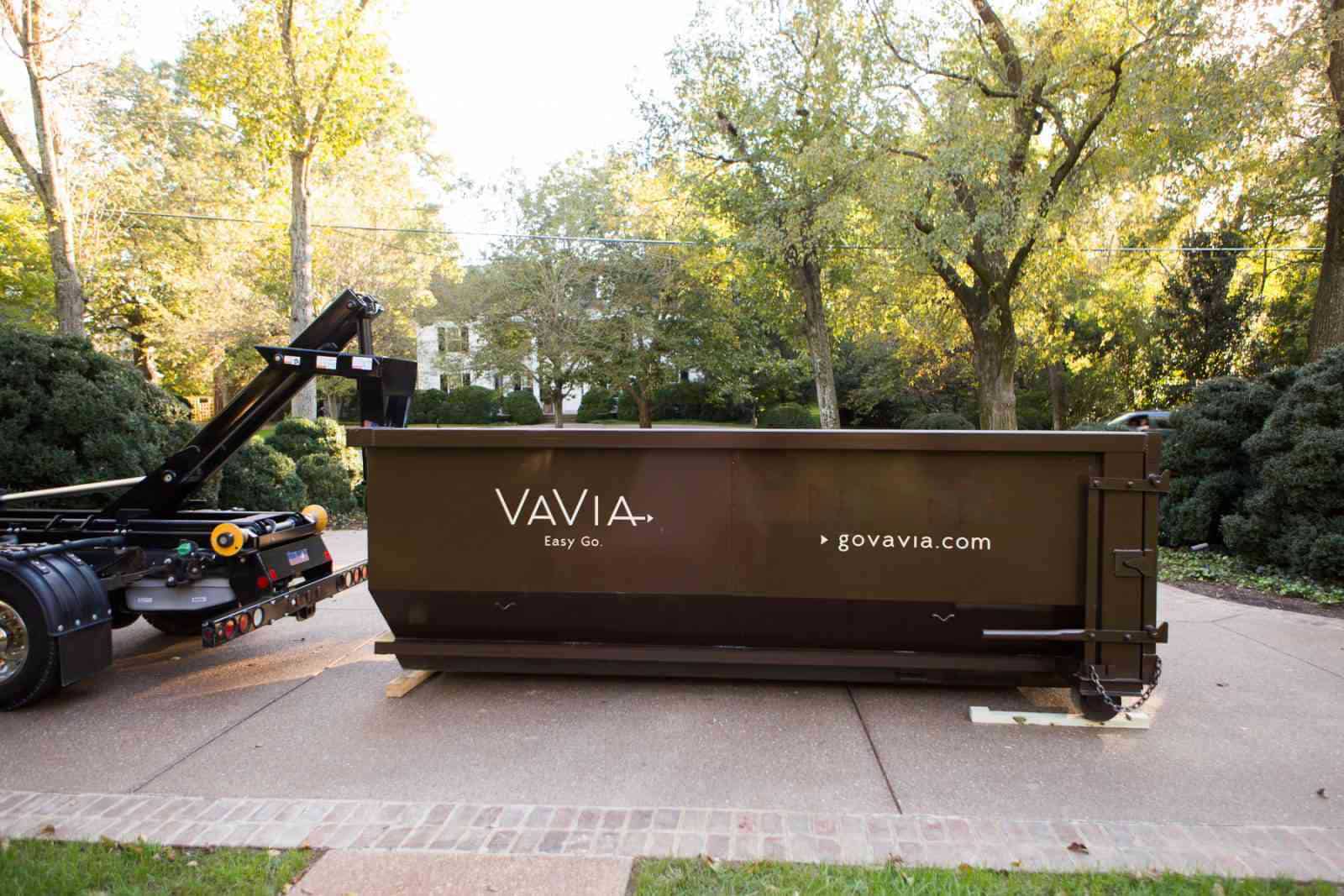
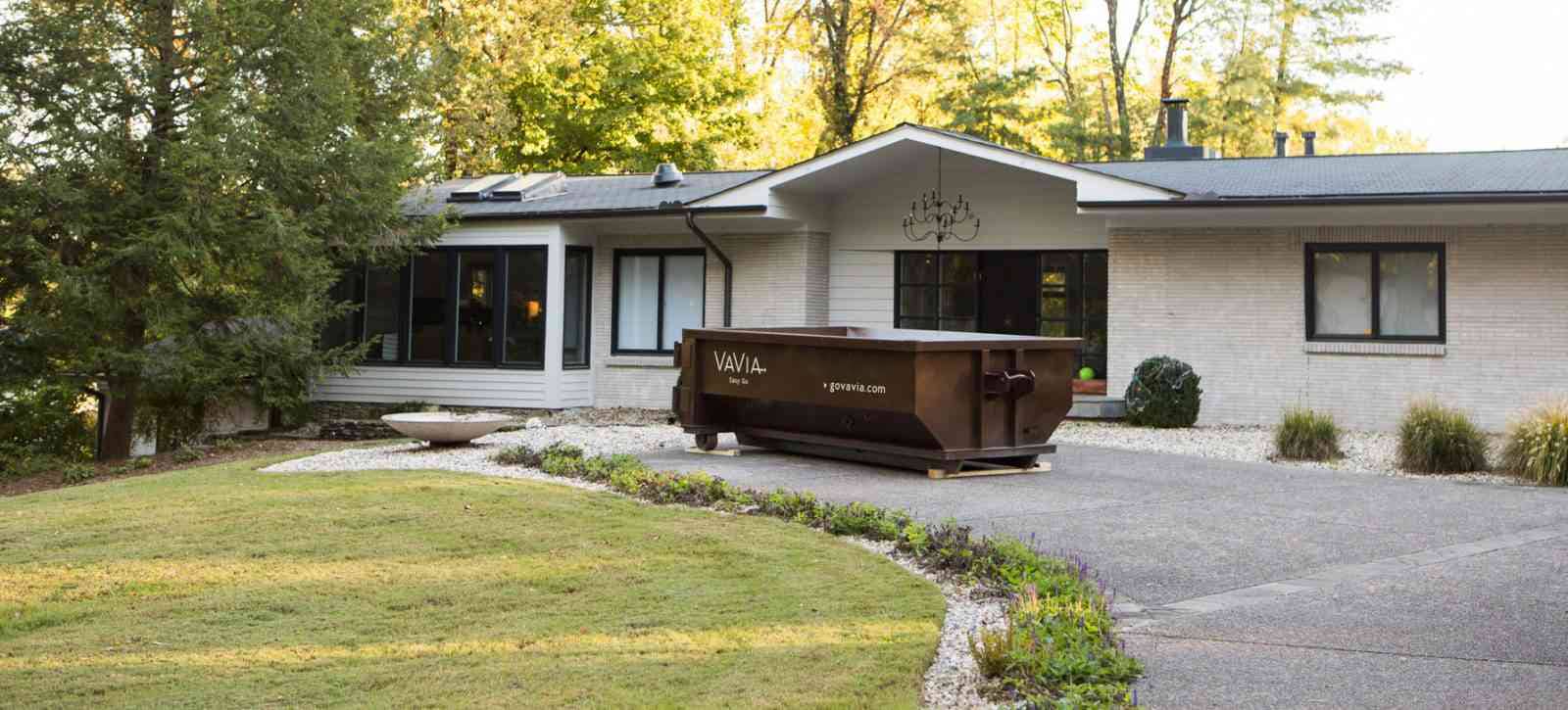

Franchise
Are you interested in being a part of VaVia? We are looking for trusted partners to make discreet and professional dumpster services available throughout the country. With VaVia, you can have the freedom of being a small business owner with the support of being a franchisee. We can help you get your location of VaVia up and running. Fill out the application to start your journey today!
Learn More
